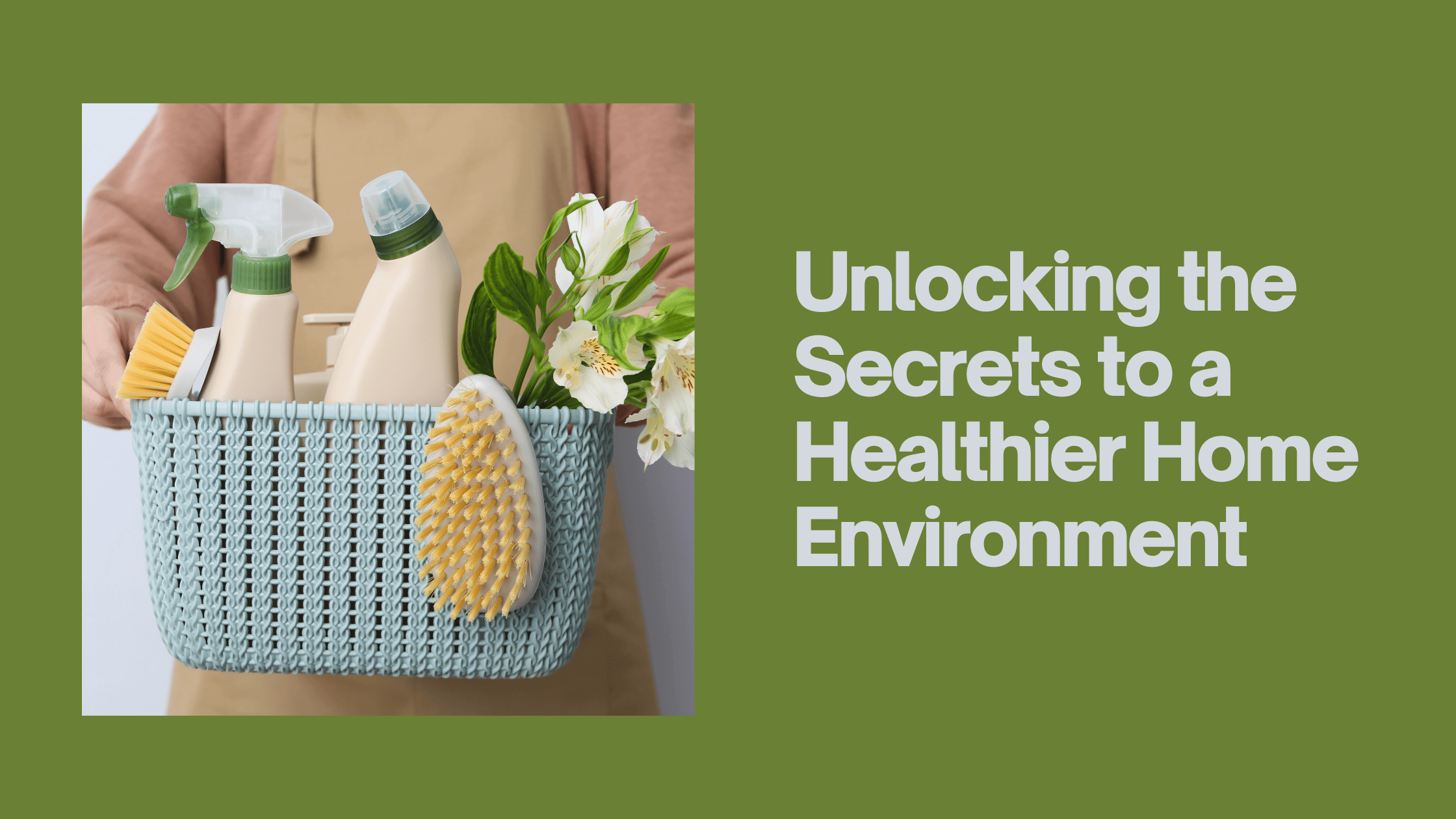Explore proven strategies to grow your business online through SMART goals, digital storytelling, strategic partnerships, and enhanced customer experiences.
The following is a guest post from my bloggy friend Megan Isola. Interested in having a guest post on my website? Click here for my guest post submission form.
The Growth Blueprint: Systematic Approaches to Scaling Your Digital Brand
In today’s digital era, where every click matters, finding innovative strategies to grow your business online is more critical than ever. Whether you’re a startup seeking traction or an established company aiming to scale, having a robust blueprint isn’t just beneficial—it’s essential for long-term success.
Each section is designed to equip you with actionable insights and practical steps that can be seamlessly integrated into your current strategy. By the end of this article, you’ll be ready to elevate your business, drive organic growth, and outpace the competition.
Let’s begin by laying a strong foundation with a growth strategy—setting the stage for reaching new heights online.
Develop a Growth Strategy and Set SMART Goals
In today’s competitive digital landscape, a compelling growth strategy begins with a clear vision that outlines your business’s future and the steps to achieve it. A well-defined vision not only inspires but also serves as the foundation for setting meaningful goals.
Create a Clear Vision
Develop a roadmap by identifying where you want your business to go. This clarity aligns your team and steers critical strategic decisions.
Set SMART Goals
Implementing SMART goals—Specific, Measurable, Achievable, Relevant, and Time-bound—ensures every objective is actionable. For example, define precise performance metrics such as website visits, engagement rates, and conversion metrics.
Assigning these KPIs to responsible team members fosters accountability and enables continuous monitoring. This structured approach encourages data-driven decisions and ongoing adjustments, ultimately driving sustainable business growth.

Build a Strong Reputation Through Word-of-Mouth and Testimonials
Cultivating a positive reputation is essential for driving organic growth and building trust with your audience. In today’s digital landscape, genuine customer recommendations—shared through personal conversations and online reviews—can significantly reduce acquisition costs while creating a self-sustaining growth loop.
Harnessing the Power of Word-of-Mouth
Word-of-mouth marketing leverages personal experiences. When customers share their success stories, their endorsements act as powerful trust signals. Studies indicate that 92% of consumers trust recommendations from friends and family more than traditional advertising.
Authentic Testimonials that Drive Conversions
Incorporating authentic customer testimonials and reviews adds critical social proof to your brand. Strategically placed testimonials not only enhance credibility but have been shown to boost conversion rates by over 34%.
Encourage satisfied customers to share detailed feedback and leverage these endorsements across your website and social media platforms to reach a broader audience. Implementing these strategies builds lasting trust and lays the foundation for continuous growth.
Leverage Digital Storytelling, Blogging, and Podcasting for SEO
Digital marketing today calls for a harmonious blend of technical precision and creative storytelling. This section explains how to leverage digital storytelling, blogging, and podcasting techniques to boost your SEO and attract organic traffic.
SEO Content Strategy
Begin with detailed keyword research and integrate compelling narratives that resonate with your target audience. This approach ensures that every blog post not only ranks well but also tells a meaningful story that engages readers and drives valuable traffic.
Podcast Guest Appearances
Featuring guest experts on your podcast can significantly amplify your reach. By incorporating optimized metadata and detailed show notes, you generate quality backlinks and enhance search engine discoverability.
Storytelling to Magnetize Customers
Use authentic storytelling to address customer challenges and forge emotional connections. Creative narratives humanize your brand, extend reader engagement, and improve dwell time.
By merging technical SEO with creative content strategies, businesses can create more engaging, informative, and discoverable digital platforms. These innovative tactics pave the way for long-term online growth.

Establish Strategic Partnerships and Community Engagement
Partnering with complementary businesses is a smart way to expand your online reach without the heavy investments typical of traditional advertising. Strategic partnerships enable you to tap into new customer bases through referral agreements, co-branded marketing initiatives, and even joint product innovations.
By sharing resources, businesses can reduce operational risks and foster mutually beneficial growth.
Form Strategic Partnerships
Develop collaborations with companies that offer complementary products or services. These partnerships create opportunities for product integrations, shared insights, and co-creation efforts that set your offerings apart from competitors.
Combined expertise can lead to improved customer retention and increased market visibility.
Engage with Your Community
Active community engagement—both online and locally—is crucial for building trust and authority. Hosting local events, participating in online forums, and gathering user feedback transform your audience into loyal brand advocates.
Such initiatives enhance your credibility and pave the way for sustainable long-term growth.
Optimize Operations Through Process Automation and Continuous Innovation
In today’s fast-paced digital marketplace, streamlining operations is key to sustaining growth. Business Process Automation (BPA) leverages technology to eliminate repetitive tasks, reduce human error, and free up team members to focus on strategic initiatives.
By mapping current workflows and identifying bottlenecks, companies can deploy automation tools that lower operational costs and improve efficiency across departments such as finance, HR, and customer service.
Streamline Workflows
Automation tools enable task scheduling, conditional triggers, and parallel processing, helping businesses achieve real-time decision-making and scalability. This approach not only boosts productivity but also enhances employee satisfaction by minimizing burnout associated with monotonous tasks.
Foster a Culture of Innovation
Encouraging innovation through open communication and cross-departmental collaboration allows your business to adapt swiftly to shifting market research trends. Embracing AI-driven insights and real-time data integration further positions your organization to discover new revenue streams and maintain a competitive edge.
Investing in both process automation and a culture of continuous innovation is essential for long-term operational excellence and sustainable growth.
Enhance Customer Experience and Leverage Referral Systems
Delivering outstanding customer service is key to long-term success in today’s competitive digital landscape. By personalizing interactions and leveraging omnichannel support, including AI-powered tools, companies can exceed customer expectations and build lasting emotional connections.
This focus not only improves customer retention but also sets the stage for organic growth.
Delivering Outstanding Customer Service
Utilize customer feedback and celebrate milestones to create tailored experiences. An enhanced personal touch combined with swift issue resolution fosters trust and drives repeat business.
Attracting New Clients with Lead Magnets
Deploy engaging lead magnets such as quick-win guides and free trials.
Research shows that conversion rates can reach 20-25% when prospective clients are provided with valuable, no-risk offers.
Building a Robust Referral Program
Incentivize satisfied customers with referral rewards like double-sided discounts and exclusive access. Such programs not only reduce customer acquisition costs but also transform happy clients into powerful brand advocates, ensuring a consistent cycle of engagement and sustainable growth.
Innovative Branding: Systems for Productivity and a Robust Digital Presence
In today’s digital world, innovative branding is about more than just a logo—it’s about creating systems that boost productivity and establish a strong online identity. By systematizing workflows and integrating advanced analytics, businesses can streamline processes and make informed, real-time decisions.
Systematizing Workflows for Efficiency
Automated systems simplify routine tasks, enabling teams to focus on high-impact strategies. This efficiency not only improves productivity but also helps build a consistent digital presence that stands out in competitive markets.
Leveraging Advanced Analytics and Tailored Digital Solutions
Advanced analytics offer clarity on customer behavior and campaign performance, while custom digital solutions—including tailored SEO and interactive content—refine your brand message. This strategic integration of technology and creativity sets your business apart, ensuring that your digital presence remains agile and ahead of industry trends.
Adopting these innovative practices transforms traditional branding into a dynamic, data-driven powerhouse.
Conclusion
In today’s digital landscape, reaching new heights in business growth calls for a blend of innovation, precise strategy, and relentless commitment. By integrating these innovative strategies, you’re not just keeping pace with the competition—you’re setting the stage to outpace it. Remember, success in the digital era hinges on your ability to adapt, innovate, and continuously inspire your audience.
Now is the time to put these strategies into action and transform your online business into a powerhouse of sustainable growth. Reach new heights and redefine what’s possible for your brand!







